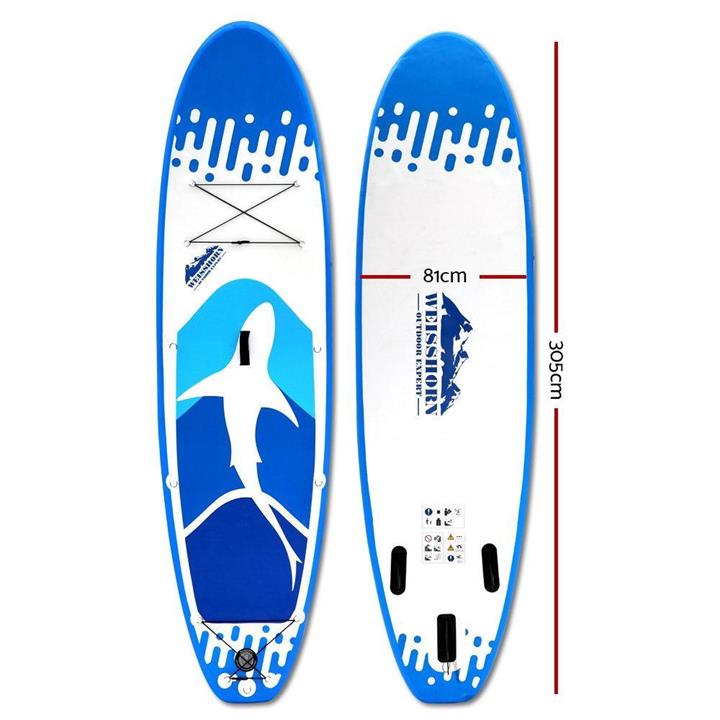If you’re new to the exciting world of stand-up paddleboarding (SUP), congratulations! You’re about to embark on a journey of adventure, exercise, and connection with the water. Paddleboarding is a fantastic way to explore tranquil lakes, meandering rivers, or even ride some gentle waves along the coast. But before you can dive into the serene waters, you’ll need to choose the right paddleboard that suits your needs as a beginner. Here are some key factors to consider:
1. Paddleboard Type:
As a beginner, you’ll want to start with an all-around paddleboard. These boards are versatile and stable, making them perfect for learning the basics. All-around boards are typically wider and longer, providing more stability and buoyancy. They’re a great choice for flatwater paddling, which is an ideal starting point.
2. Board Size:
The size of your paddleboard matters. Beginners often find larger boards (usually 10-12 feet long and 30-34 inches wide) more forgiving. A bigger board offers better stability and helps you maintain balance while you’re getting the hang of it. Smaller boards are more challenging to balance on, so save those for when you’ve gained some experience.
3. Board Thickness:
The thickness of the board affects its buoyancy. As a beginner, it’s recommended to choose a board with greater thickness, as it offers more stability on the water. Look for boards that are at least 6 inches thick for a comfortable and secure experience.
4. Material:
Paddleboards are typically made from two main materials: epoxy and inflatable. Epoxy boards are rigid and offer excellent performance, but they can be heavy and less forgiving if you fall. Inflatable boards, on the other hand, are lighter and more durable. For beginners, inflatable boards are a great choice due to their stability, ease of transport, and forgiving nature.
5. Weight Capacity:
Pay attention to the weight capacity of the board. Make sure the board can support your weight and leave room for any additional gear you may carry. Beginners often find it easier to balance on a board that is well-suited to their body weight.
6. Fin Configuration:
Most paddleboards come with a single center fin, which provides stability and straight tracking. As a beginner, this configuration is ideal. Avoid boards with multiple fins or removable fins, which are more suitable for advanced paddlers who need greater maneuverability.
7. Price Range:
While it’s important to stay within your budget, remember that investing in a quality board will make your learning experience more enjoyable and productive. Quality paddleboards are built to last and will serve you well as you progress in your paddleboarding journey.
8. Test Before You Buy:
If possible, try out a few different boards before making your final decision. Rental shops and demo days are great opportunities to get a feel for different boards and determine which one suits you best.
9. Accessories:
Don’t forget to consider the accessories you’ll need. A good paddle, leash, and a personal flotation device (PFD) are essential safety items. Some paddleboard packages come with these accessories, making your initial setup more convenient.
Remember that your choice of paddleboard is a personal one, and what works for one beginner might not be the best fit for another. Take the time to research and consider your needs, but most importantly, enjoy the process of learning and growing in this exciting water sport. Once you’ve chosen the right paddleboard, you’ll be well on your way to discovering the serenity and beauty of paddleboarding.
